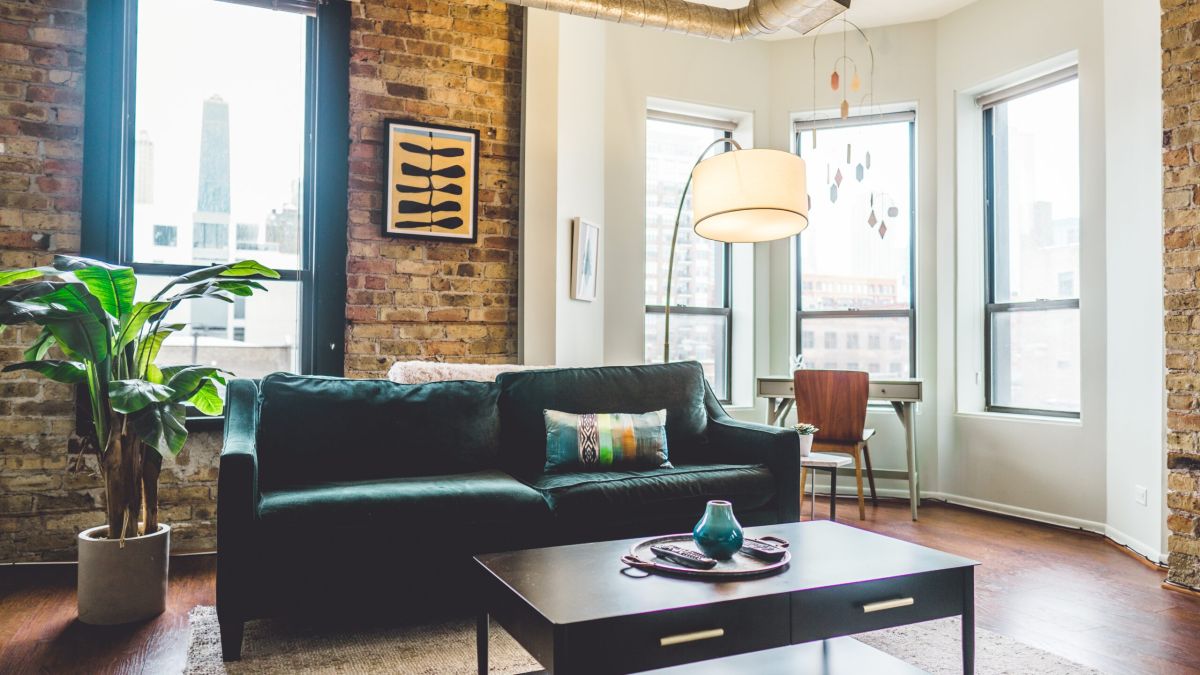
Blogs Tagged with Homes
Property Insights & Market Trends: Your Essential Guide
Stay informed with in-depth articles, expert tips, and comprehensive guides on buying, selling, and investing in properties. Navigate the real estate market with confidence and make informed decisions every step of the way.
View blogs
Guide to Buying a Home for First-Time Buyers
You never forget buying your first home. It’s an exciting time. And it needn’t be nerve-wracking. Here are some basics which, if you get them right, can relieve some of the stress. 1. Understanding Your Finances: Budgeting: Determine how much you can afford by considering your income, savings, and expenses. Use a mortgage calculator to estimate monthly payments based on various loan amounts and interest rates. Credit Score: Check your credit score as it influences mortgage rates. Aim for a score that’s at least “Good”. If there are blips in your credit record, try to rectify them. Free websites like Credit Karma can give you tips as to how to improve your score. A good mortgage broker will also be able to give you advice. Saving for a Down Payment: Most lenders require a down payment of 3% to 20%. Start saving early and consider government programs for assistance. Government schemes:In the UK, there are several government schemes available to assist first-time buyers: 1. Help to Buy: Equity Loan: This scheme allows first-time buyers to borrow up to 20% (40% in London) of the property's value from the government, which is interest-free for the first five years, making it easier to afford a home with a smaller deposit. 2. Shared Ownership: Under this scheme, you can buy a share of a property (between 25% and 75%) and pay rent on the remaining share. This makes homeownership more affordable, especially in high-cost areas. 3. Lifetime ISA (LISA): First-time buyers can save up to £4,000 each year in a LISA, and the government adds a 25% bonus on your savings. This bonus can be used towards your first home purchase or retirement. 4. First Homes Scheme: This initiative offers new homes to first-time buyers at a discount of at least 30% compared to the market price, helping to make housing more affordable. 5. Stamp Duty Relief: First-time buyers in England and Northern Ireland are exempt from paying stamp duty on properties up to £425,000 and receive relief on properties up to £625,000. These schemes can significantly ease the financial burden for first-time buyers and make the dream of homeownership more achievable. Don't just take our word for it, Sherlock Says: "According to the UK government, first-time buyers can benefit significantly from various schemes designed to ease the financial burden of homeownership. For instance, First Homes Scheme offers interest-free loans for the first five years, allowing buyers to secure a property with a smaller deposit. The Lifetime ISA (LISA) provides a 25% government bonus on savings up to £4,000 each year, which can be used toward a first home purchase. Moreover, first-time buyers in England and Northern Ireland are entitled to Stamp Duty Relief on properties worth up to £425,000 (or £625,000 for certain regions) source: UK Government - Housing and Local Government." Additional Costs: Remember to account for closing costs, home inspection fees, and moving expenses. 2. Pre-Approval Process: Get pre-approved for a mortgage to understand the amount you can borrow. This strengthens your position when making an offer. Where Can I Find A Home is not authorised to give mortgage advice but we do have introducer associates who are regulated mortgage brokers and they will be pleased to help. 3. What to Look for When Buying a Home: Location: Research neighbourhoods for safety, schools, and amenities. Visit at different times to get a feel for the area. Property Condition: Look for signs of wear and tear, and consider hiring a professional for a home inspection. In Scotland the Home Report will give you a good indication of a property’s condition but if that’s not available consider arranging a surveyor. Remember a mortgage valuation is only designed to give lenders an idea of suitability for security. It’s not a report on its condition. Future Value: Consider the potential for property value appreciation. Is the area “up and coming”. Research development plans in the area. Sometimes you can get a bigger property in an area that isn’t quite so desirable. Size and Layout: Think about how much space you need now and in the future. If you can afford it, buy a house that has a bit of room to expand. Be prepared to compromise: You may be lucky and get your perfect home. But you may have to compromise on size, location or condition. Getting onto that first rung of the property ladder is so important so perfection may not be possible this time round. 4. Making an Offer: Once you find the right home, work with your mortgage broker to make a competitive offer based on market conditions and comparable sales. Having an Agreement in Principle puts you in a much stronger position to have your offer accepted and having a solicitor or conveyancer in place will save time when you see the ideal property. 5. Closing the Deal: After your offer is accepted, you’ll enter the closing process, which includes finalizing your mortgage and completing the necessary paperwork. Conclusion: Buying your first home can be overwhelming, but understanding your finances and knowing what to look for will make the process smoother. It will be the biggest purchase of your life so far. Take your time, do your research, and seek professional advice when needed. Remember, you’re only a first time buyer once in your life so most of all, try to enjoy the experience. Note: This article is for general information purposes and should not be considered advice. Where Can I Find A Home is not regulated by the Financial Conduct Authority to give advice on mortgages or financial products.

The Advantages of Staging Your Home to Sell
Hey team! So excited to talk to you about all things Interior and the importance when it comes to selling a home—first impressions are everything. Potential buyers form an opinion within seconds of walking through the door, so it's crucial to present your property in the best possible light. I remember when I bought my place, I fell in love with the potential and who I could be in this space; it was the start of my very own chapter! At the time, the property was staged by the previous owners who used it as a rental. Even though it wasn’t to my taste as such, it gave me a good perspective of the space which leads me to this month’s topic – the advantages of staging your house to sell. Here are the key advantages of staging your home to sell: 1. Faster Sales Staged homes sell much faster than non-staged ones. According to the Real Estate Staging Association, homes staged before going on the market sold 73% quicker than those staged after. Staging helps buyers see the full potential of a property, making it easier for them to imagine themselves living there. This emotional connection can speed up the decision-making process, leading to quicker offers and faster sales. 2. Higher Selling Price Staging highlights the best features of a home, minimizes its flaws, and creates a sense of luxury and desirability, which can justify a higher asking price. It also helps pique more interest as potential buyers don’t need to imagine how a property can look; they can see it for themselves. 3. Enhanced Online Appeal In today’s digital age, most buyers start their home search online. High-quality photos of a staged home can make a significant difference in attracting potential buyers. Staged homes look better in photographs, which can lead to more online views, more showings, and ultimately, more offers. A well-staged home with professional photos stands out in online listings, grabbing the attention of prospective buyers. 4. Helps Buyers Visualize the Space One of the main challenges buyers face is visualizing how they will use the space in a home. Staging addresses this issue by showcasing the purpose of each room, creating a sense of flow and functionality. It helps buyers see the potential of awkward spaces and provides them with ideas on how to arrange their furniture. This visualization can be the deciding factor for buyers who are on the fence. 5. Demonstrates the Home’s Full Potential Every home has unique features and potential that might not be immediately apparent. Staging brings out the best in your home by arranging furniture and decor in a way that highlights its strengths. It can make small rooms look larger, dark rooms look brighter, and awkward layouts more functional. By demonstrating the home’s full potential, staging can turn perceived negatives into positives. Working with Professionals: Jaro Design To achieve the best results, working with professional staging companies can make a significant difference. I have had the pleasure of working closely with an amazing interior design company called Jaro Design, which specializes in staging homes for sale. As well as interior design, home furnishing, and bespoke made-to-measure services, Jaro Design’s expertise and creative approach transform homes into stunning showcases that appeal to a wide range of buyers. Their attention to detail and understanding of market trends ensure that each staged home is presented in its best light, maximizing its potential and appeal. Staging your home to sell is an investment that can yield significant returns. From faster sales and higher selling prices to enhanced online appeal and broader buyer interest, the benefits of staging are clear. By presenting your home in the best possible light, you increase your chances of making a great first impression and securing a successful sale. Keep an eye out for my next blog soon. Evan